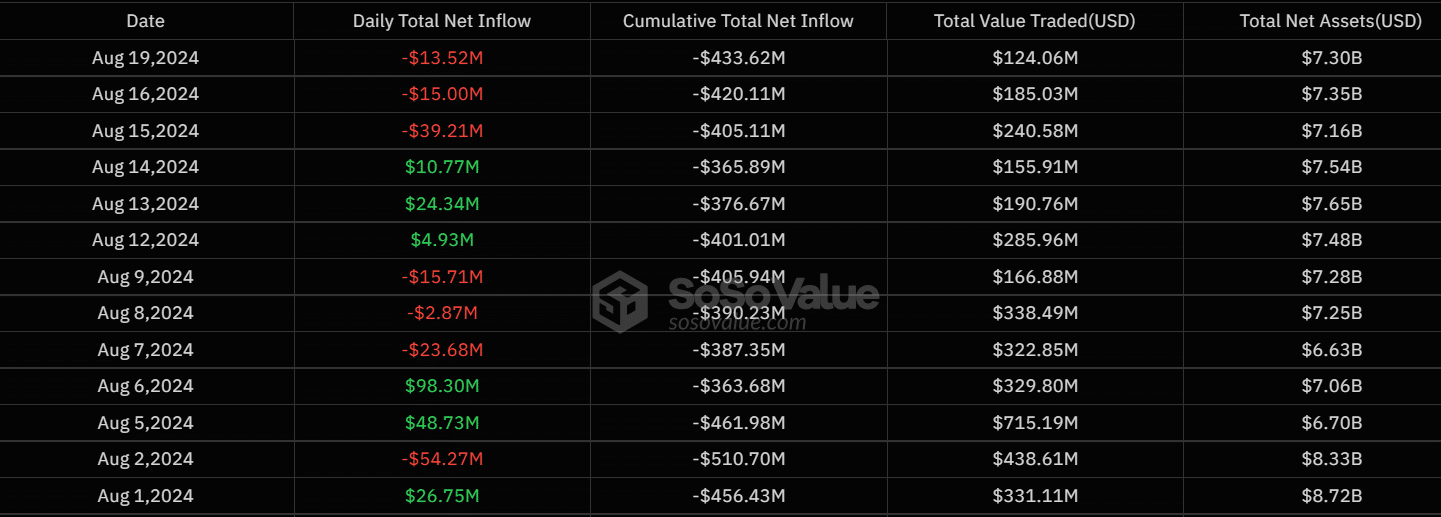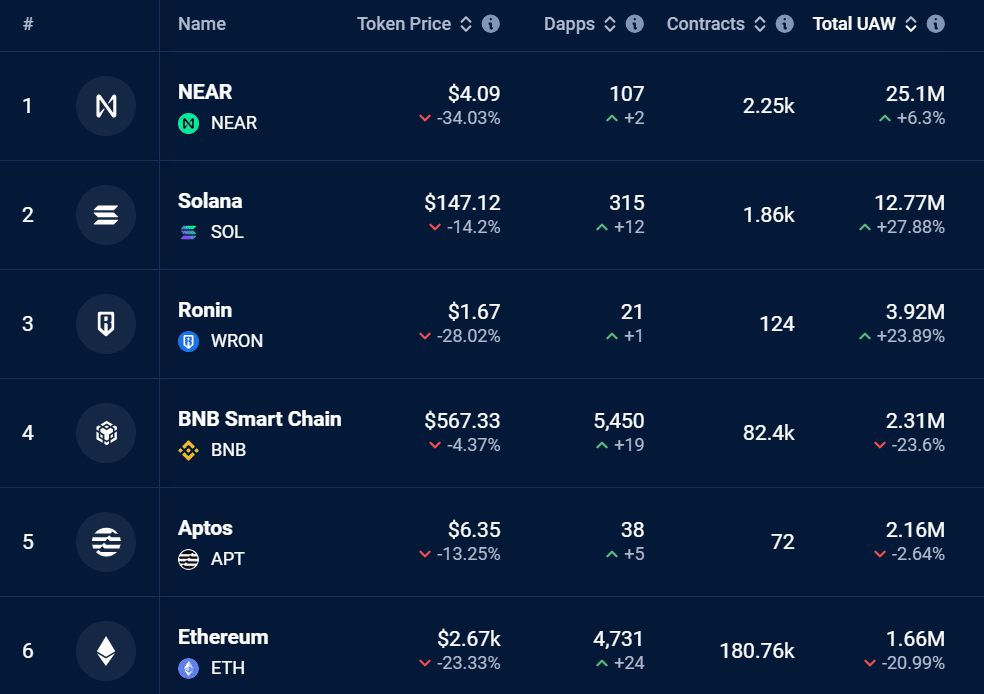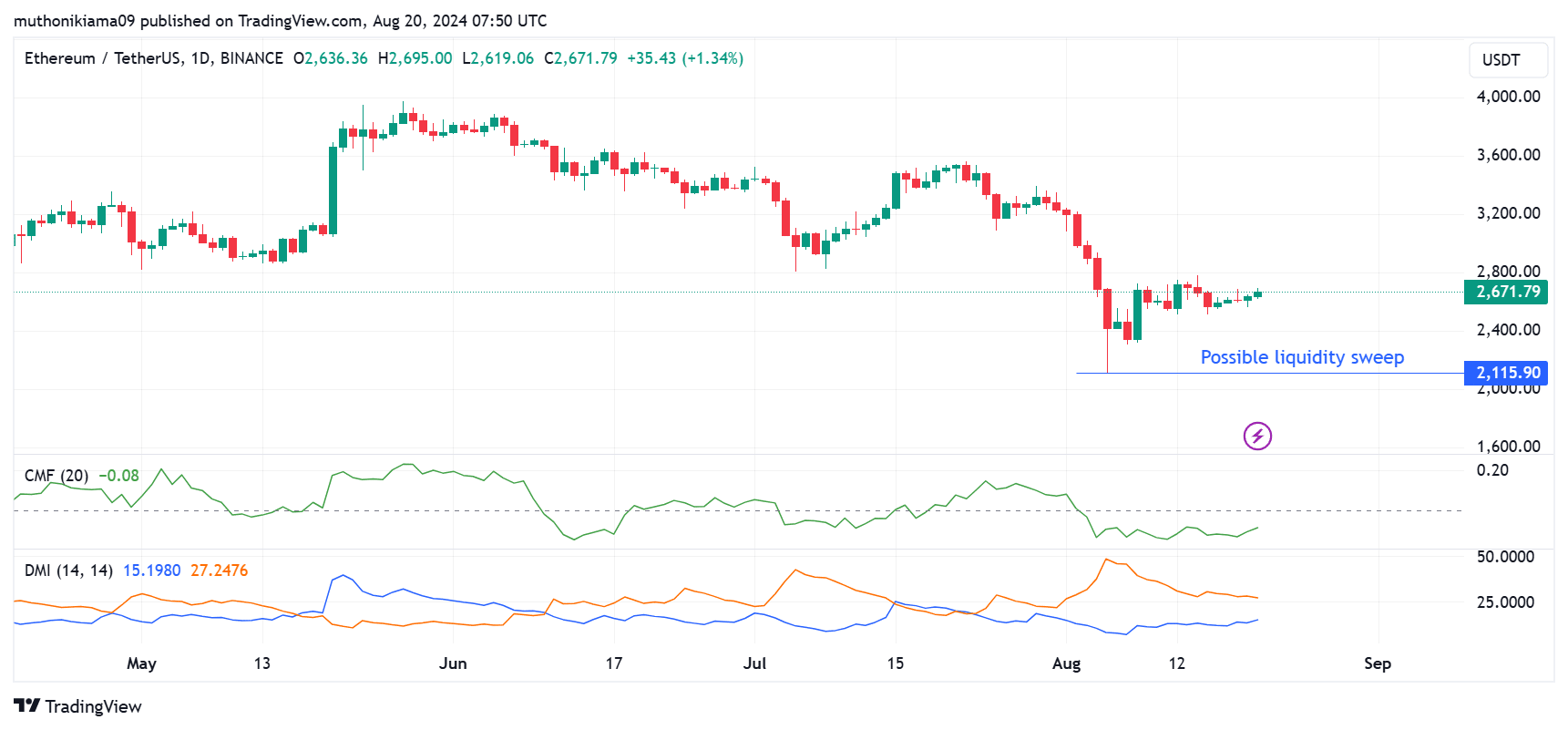- Outflows from spot Ether ETFs totaled $433 million after three consecutive days of outflows.
- Declining demand for ETH alongside rising supply has hampered Ethereum’s attempts to turn a profit.
The cryptocurrency market made a strong recovery during the Asian trading session on Tuesday. Ethereum [ETH] has gained about 2% to trade at $2,678 at the time of writing.
However, despite recent gains, the largest altcoin has lost 23% of its value since Ether Exchange Traded Funds (ETFs) launched in the US last month.
So what is pushing down the price of Ethereum?
Ethereum ETF outflows reached $433 million
Cumulative net outflows from spot Ethereum ETFs amounted to $433 million at the time of writing.
The Grayscale Ethereum Trust ETF (ETHE), launched with $10 billion in assets, has shown consistent negative flows since launch. The ETF still has net assets of $4.84 billion, further increasing downside risk.


Source: SoSoValue
Last week, Framework Ventures co-founder Vance Spencer said predicted that investors could eventually divide their portfolios with a 50-50 split between Bitcoin and Ether ETFs.
However, over the past three trading days, Bitcoin ETFs have had consecutive inflows, while Ethereum ETFs have had consecutive outflows.
Declining network activity increases ETH supply
Ethereum’s network has also seen a decline in usage, as seen on DappRadar.
The number of unique active wallets (UAW) on the Ethereum network has fallen by 20% in the past 30 days. The 30-day user count on Ethereum is 1.66 million, ranking it sixth.


Source: DappRadar
Declining network usage has also affected the amount of ETH tokens burned, which in turn has increased supply, making Ethereum inflationary.
Data from Ultrasound money showed that approximately 18,000 ETH tokens have been issued in the last seven days, while only 1,500 have been burned.
This meant that the supply of ETH increased by more than 16,000 tokens within seven days. Rising supply due to declining demand has put downward pressure on ETH.
Indicators point to weak demand
ETH was experiencing weak demand at the time of writing, which could potentially weigh on prices. The Chaikin money flow, which measures accumulation and distribution, was negative at the time.
Selling pressure has therefore outweighed buying pressure since the beginning of August.


Source: TradingView
The positive Directional Movement Index (DMI) also showed a downward trend, as the positive Directional Indicator has been below the negative Directional Indicator since July.
However, the distance between the two lines has decreased, indicating a possible reversal. Traders should also watch out for a potential liquidity wave at $2,115 as the price makes a strong recovery.
Realistic or not, here is the market cap of ETH in terms of BTC
According to AMBCrypto’s view CryptoQuantETH needs a return from leveraged traders for an upward correction.
Also according to Mint glassEthereum’s Open Interest has fallen from a peak of $17 billion in May to the current $10 billion.

